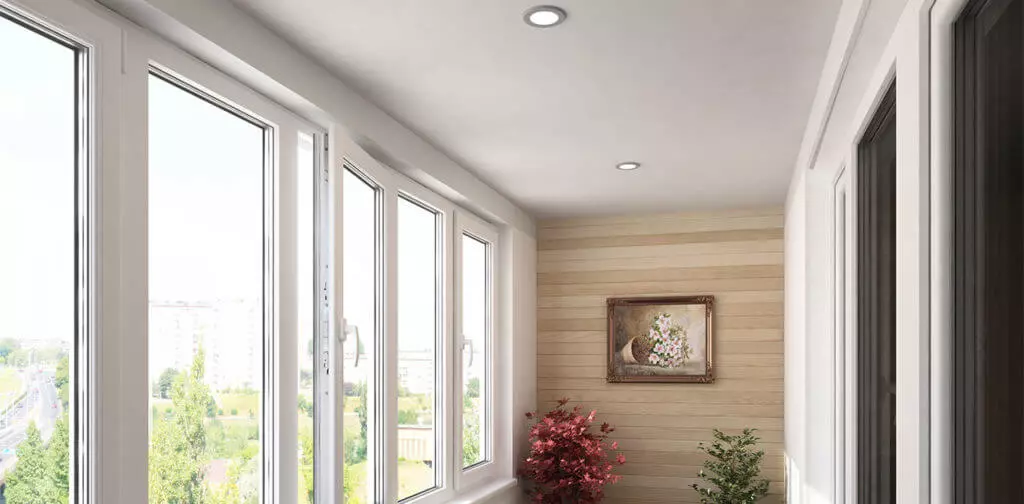If you’re considering repainting your home, it’s essential to understand that not all paint is created equal. When it comes to painting your ceiling, it’s essential to choose the right type of paint to ensure a beautiful finish. In this article, we’ll cover everything you need to know about ceiling paint, from what it is to its benefits and how to choose the right product.

What is Ceiling Paint?
Ceiling paint is a type of paint specifically formulated for use on ceilings. It differs from regular wall paint in that it is designed to have a flat finish, which helps to hide imperfections on the ceiling’s surface. It also tends to be thicker than regular paint, making it easier to apply without dripping or splattering.
Benefits of Using Ceiling Paint
There are several benefits to using ceiling paint over regular wall paint. First and foremost, the flat finish of ceiling paint helps to hide any imperfections on the ceiling’s surface, such as cracks or bumps. This makes it ideal for older homes or homes with textured ceilings. Additionally, ceiling paint is often formulated to be more resistant to mildew and mold, which can be a common problem in areas with high humidity.
Choosing the Right Ceiling Paint
When choosing ceiling paint, there are several factors to consider. First, consider the type of ceiling you have. If your ceiling is textured, you’ll want to choose a paint that is specifically formulated to cover textured surfaces. You’ll also want to consider the color of the paint. While white is the most common color for ceiling paint, you can also choose from various other colors to match your decor.
Application Tips
Once you’ve chosen the right ceiling paint, it’s time to start painting. Before you begin, make sure to clean the ceiling thoroughly to remove any dirt or debris. Using a primer before applying the paint is also a good idea to ensure a smooth, even finish. When applying the paint, use a roller with an extension pole to reach the ceiling without using a ladder. Be sure to work in small sections and use long, even strokes to avoid drips and splatters.
Conclusion
In summary, ceiling paint is a specialized type of paint designed for use on ceilings. It offers several benefits over regular wall paint, including a flat finish that helps to hide imperfections and resistance to mildew and mold. When choosing ceiling paint, it’s important to consider the type of ceiling you have and the color of the paint. With these tips, you’ll be well on your way to a beautifully painted ceiling.

I am Scott Miller and my love is writing about home improvement. I write mostly about home ideas, but also share some tips and tricks that can make your life easier when it comes to getting things done in the house.





